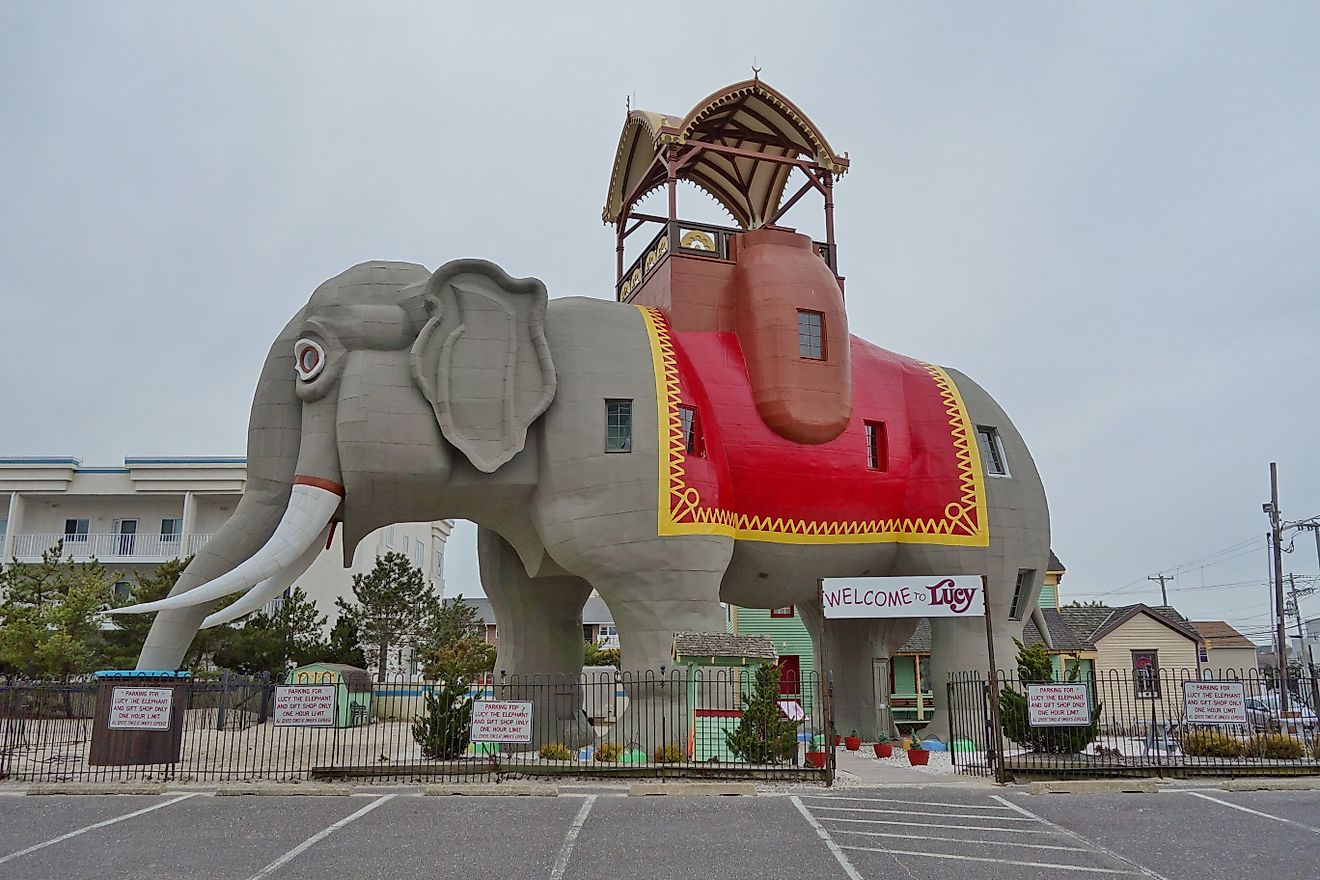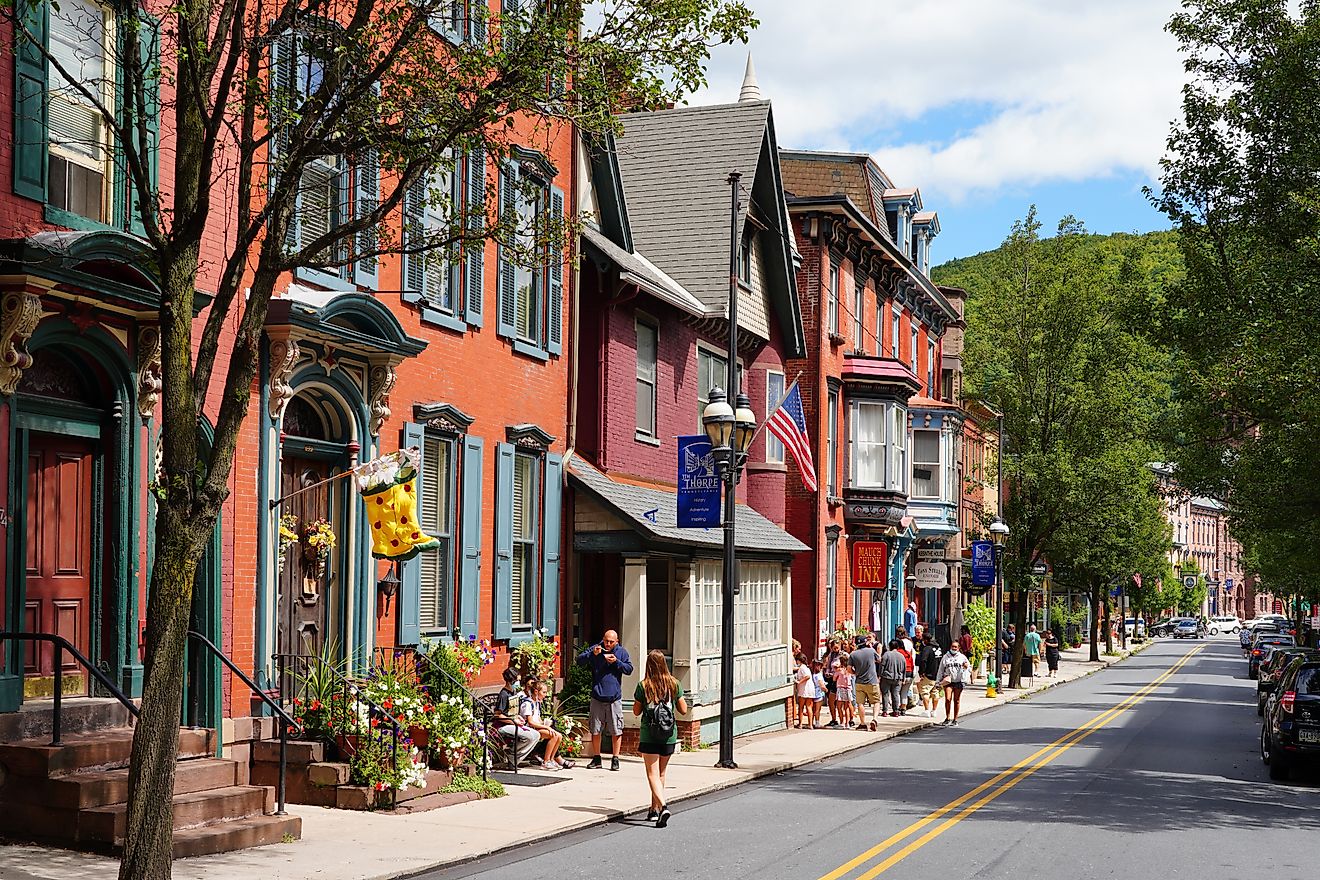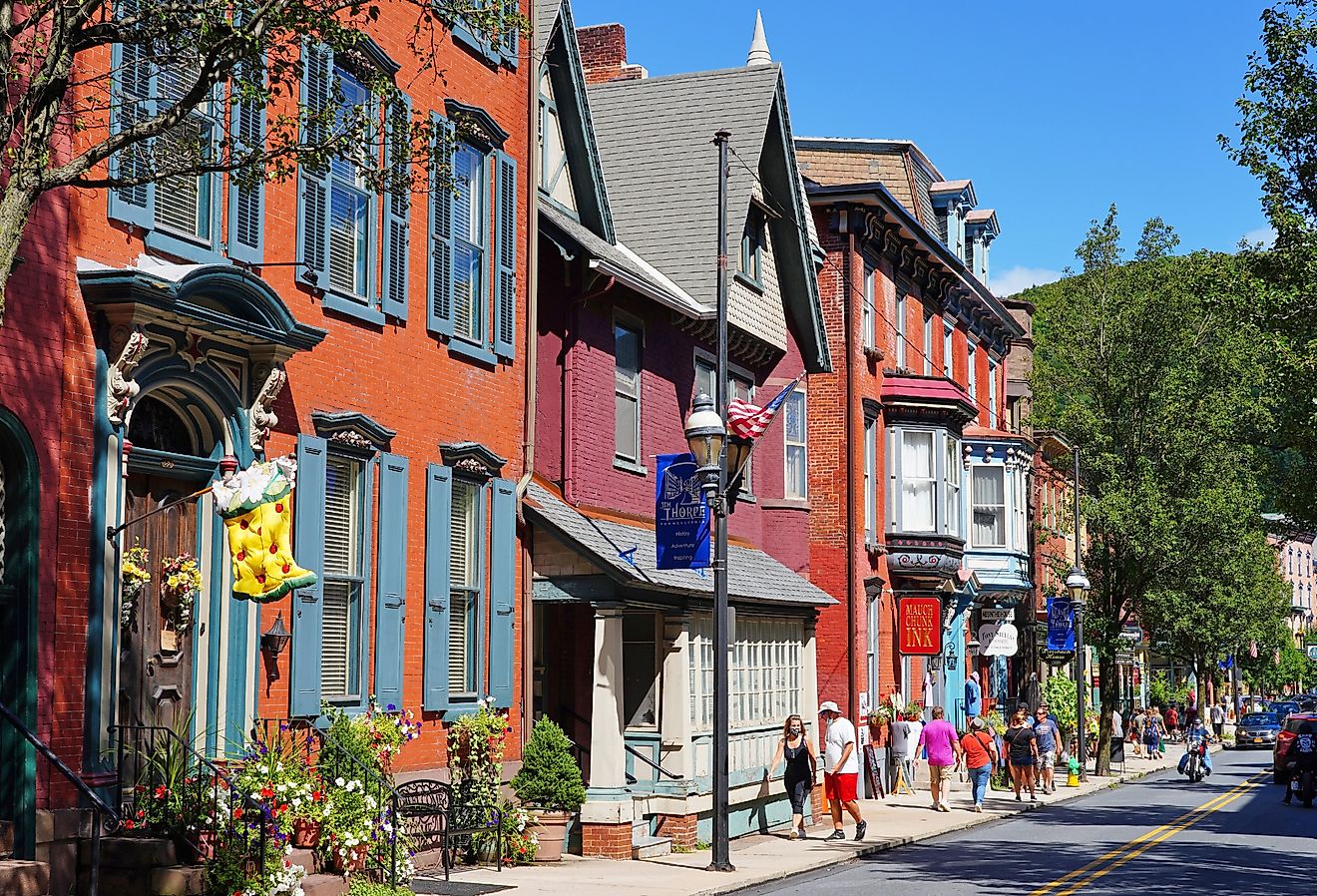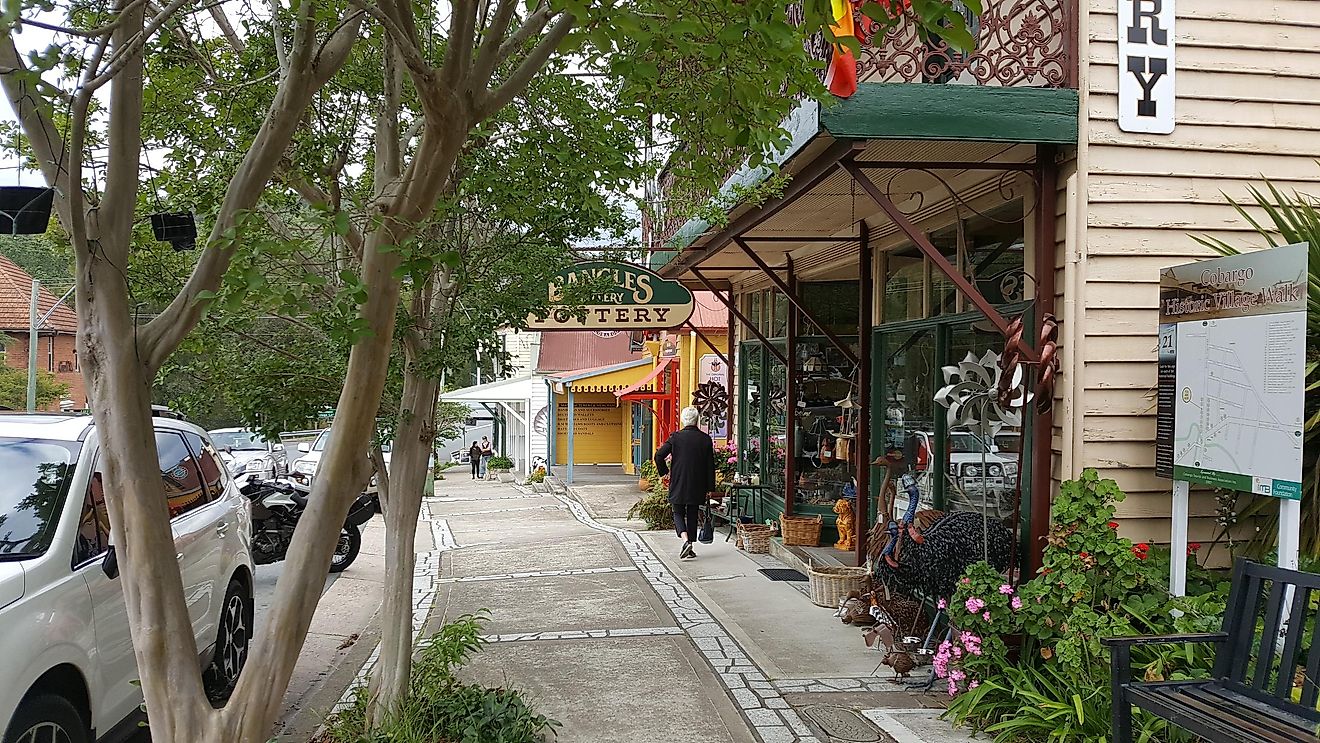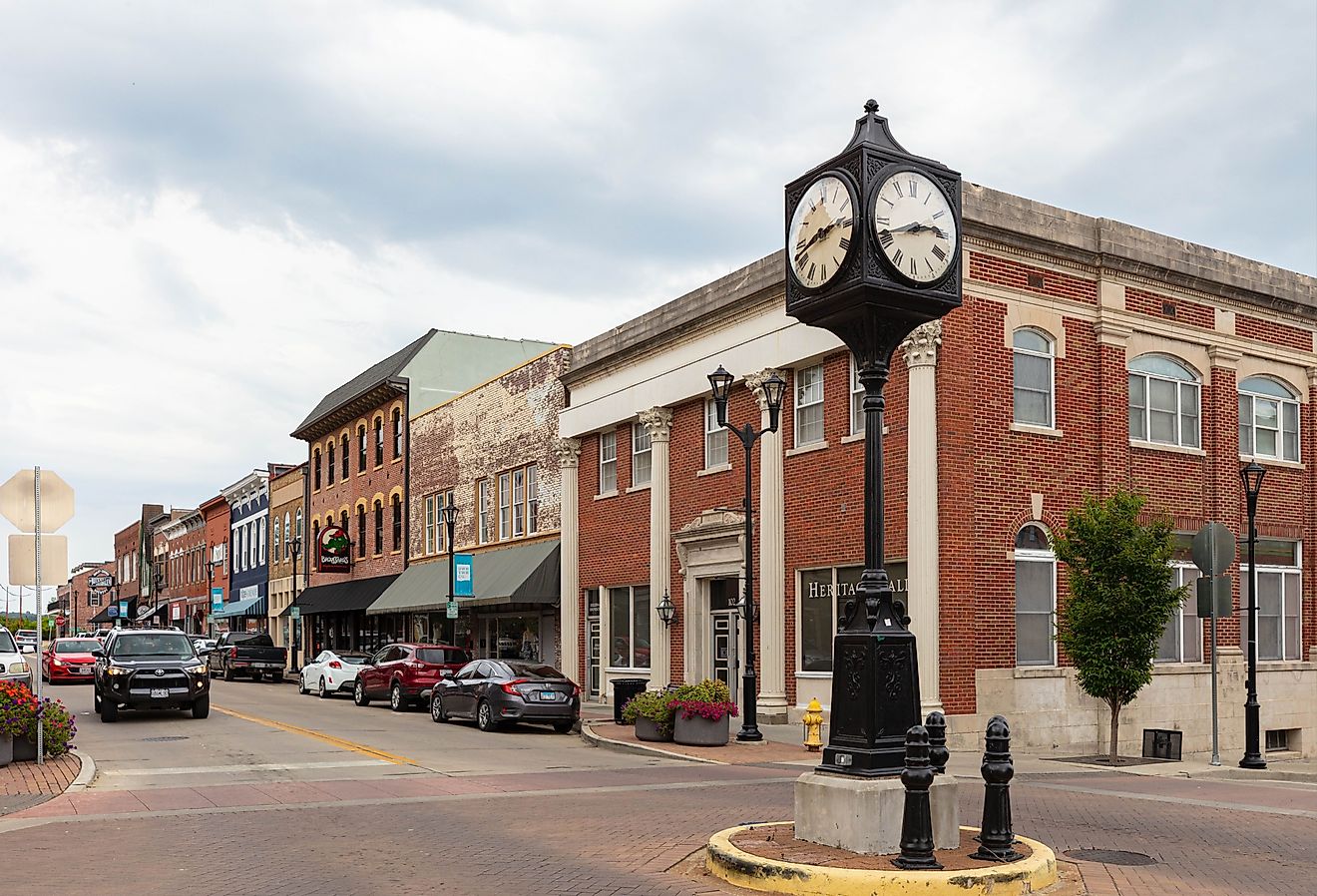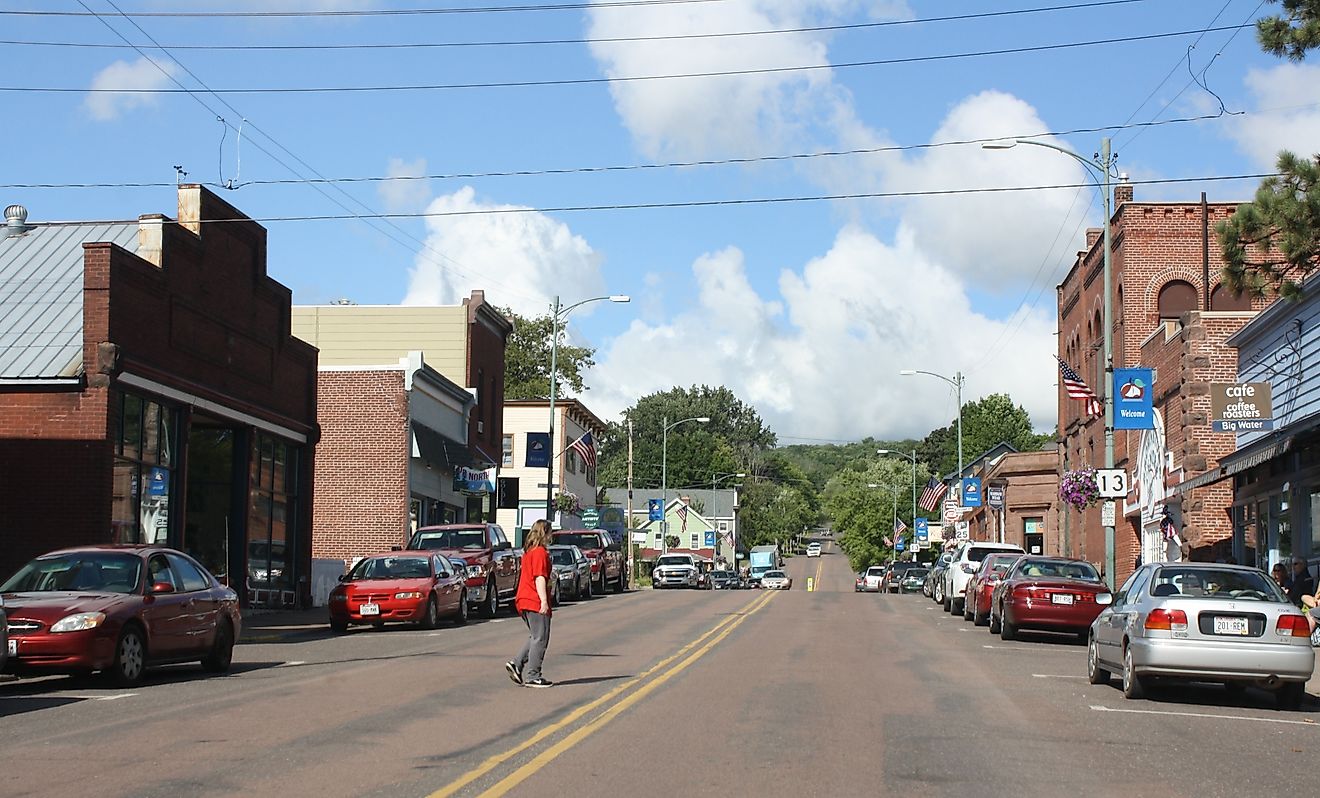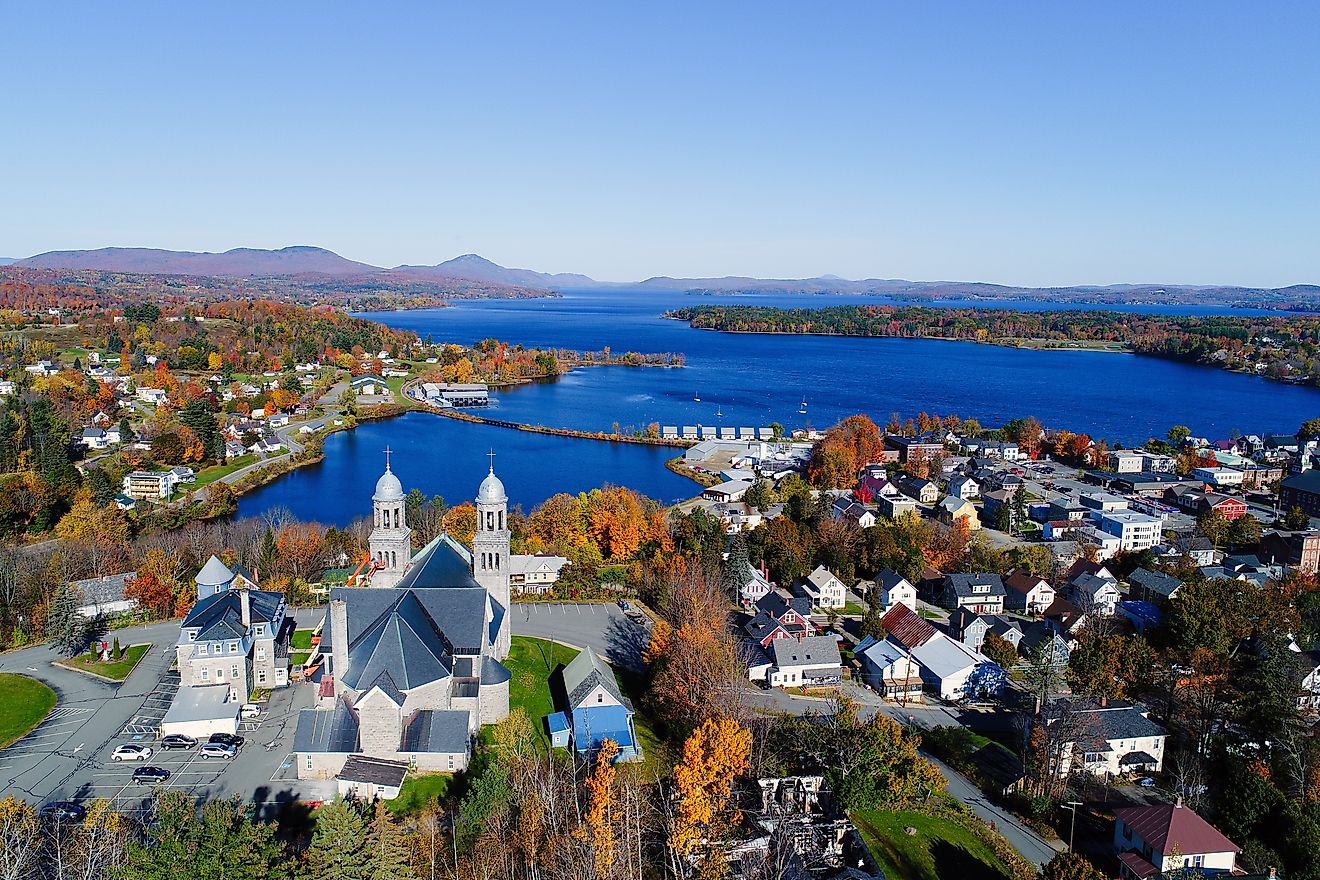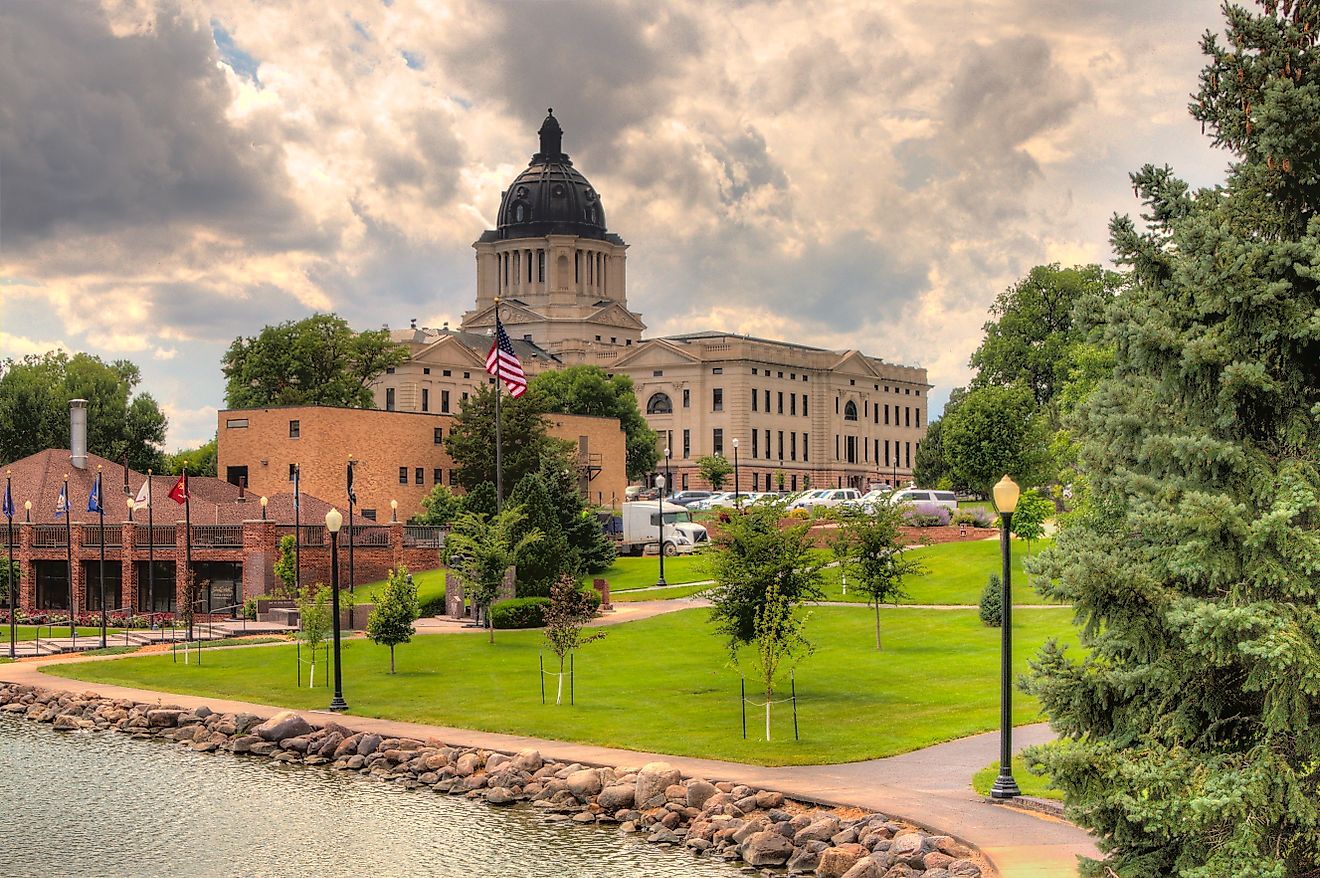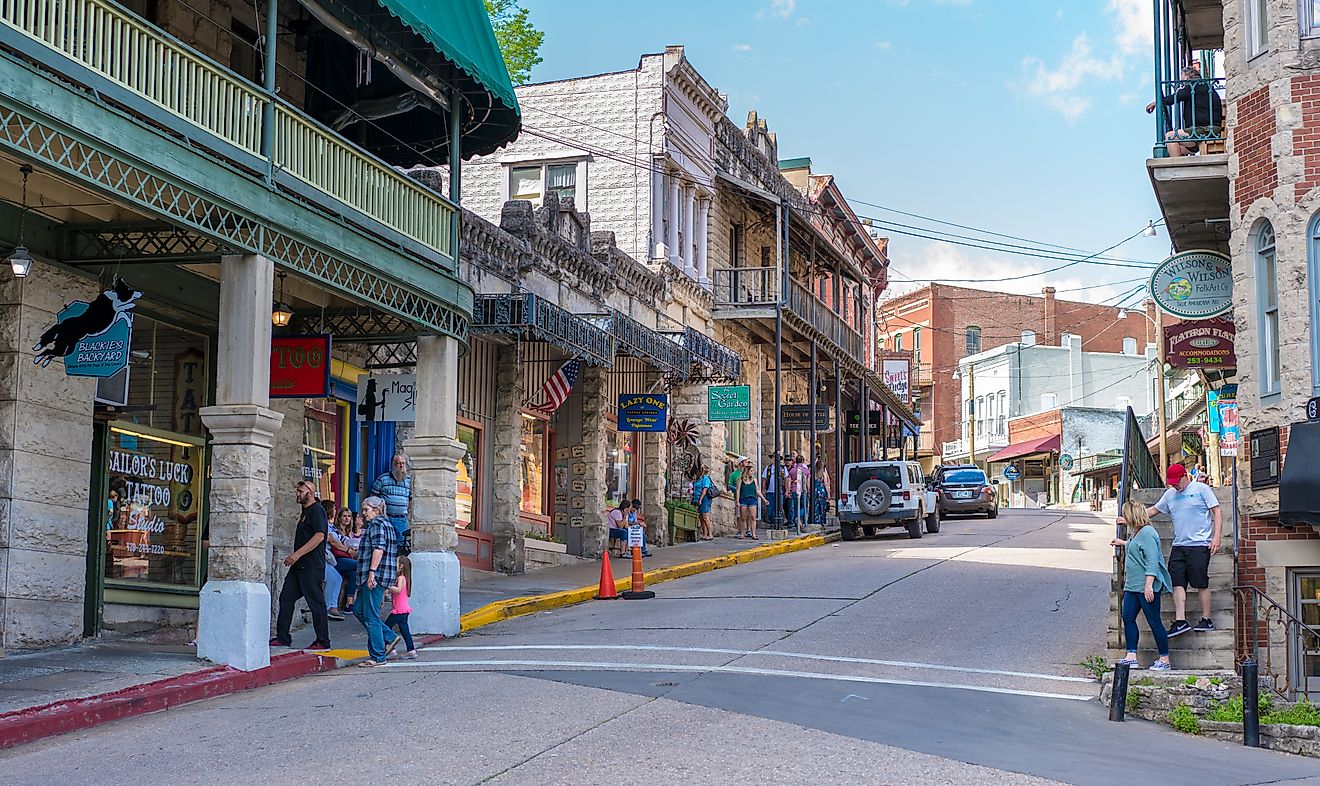
8 Oldest Founded Towns To Visit In Iowa
When we think of Iowa, we think of corn. We think of prairies. We also imagine a dull, flat terrain with nothing of note to write home about. But here is the truth. While it may take time to appreciate the beauty of wind-swept prairies and open horizons, there is an element of breathtaking wonder in such a landscape, especially at dawn and sunset. And, of course, the rich history that can be witnessed in some of Iowa's oldest towns. The first electronic digital computer in the world, for instance, was built on the Iowa State campus. Also, in a revolutionary move at the time, Simpson College was the first undergraduate school to admit George Washington Carver. Iowa's fascinating history gleams through its dated towns and cities, some of which have been mentioned below.
Dubuque
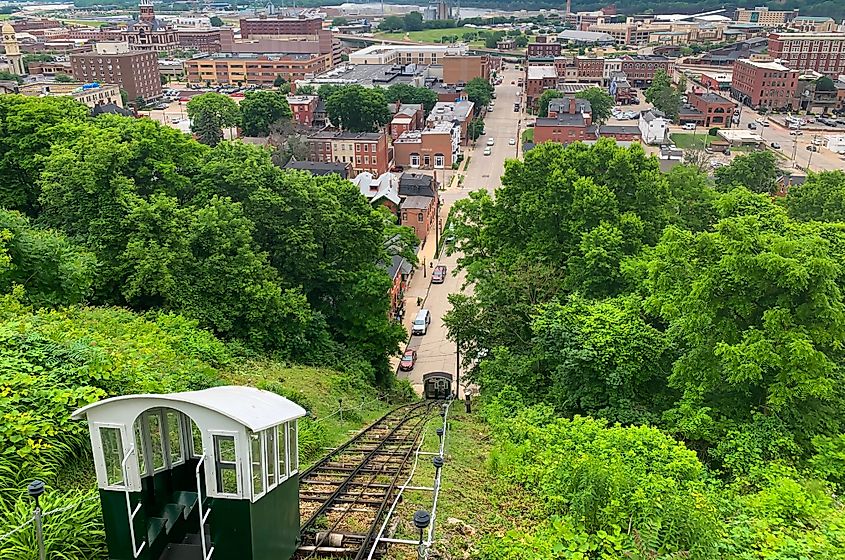
Dubuque is not just the oldest city in the 29th state but also among the oldest settlements west of the Mississippi River. Though Native Indians, particularly the Meskwaki, or the "Red-Earth People," had roamed the region for several years, French-Canadian fur trader Julien Dubuque is regarded as the first permanent settler in the region. The Meskwaki Indians, aware of the area's rich lead deposits, ostensibly kept that information from Europeans. However, because of his close relationship with the Indians, Julien Dubuque would become the lucky recipient of this information, eventually securing full control of the mines. He would go on to work these mines until his death in 1810. Twenty-three years after Dubuque's death, the US government would open this area for settlement—before chartering it in 1837. Today, Dubuque's Historic Districts boast several buildings that speak to its glory days. To learn more about this Iowa gem, the National Mississippi River Museum and Aquarium, located at 350 E 3rd Street, might just be the largest museum dedicated to the Mississippi River's history—in the United States.
Burlington
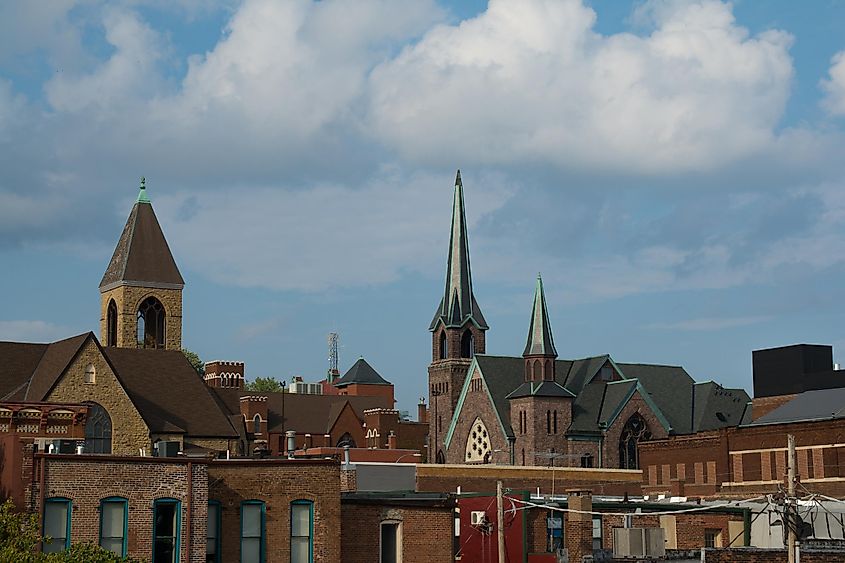
Anyone who has been to Burlington, Iowa, will understand why the Native Indians called this region Shoquoquon, meaning Flint Hills, in reference to the dramatic, flint, and limestone-capped hills that span the region. Following the Black Hawk Purchase of 1832, Burlington, like Dubuque, would open up for settlement in 1833. One year later, in 1834, a man known as John Gray purchased the town's first lot—after an elaborate survey by Dr. William Ross. At the time, the whole area around Burlington was a rolling landscape that featured dense, nearly impenetrable forests. John Gray would buy the town's naming rights as well and name it after his Vermont hometown. For history nerds, this town is a gem for having played host to the very first state legislature in present-day Iowa. Burlington would eventually be chartered as a city in 1838. Today, among the many historic buildings in Burlington, first-time visitors may want to check out Old Zion Church, located on Third Street between Washington and Columbia. Although there is nothing much to write about the church's rough and unassuming architecture, no single building in Iowa's early history housed more important events.
Iowa City
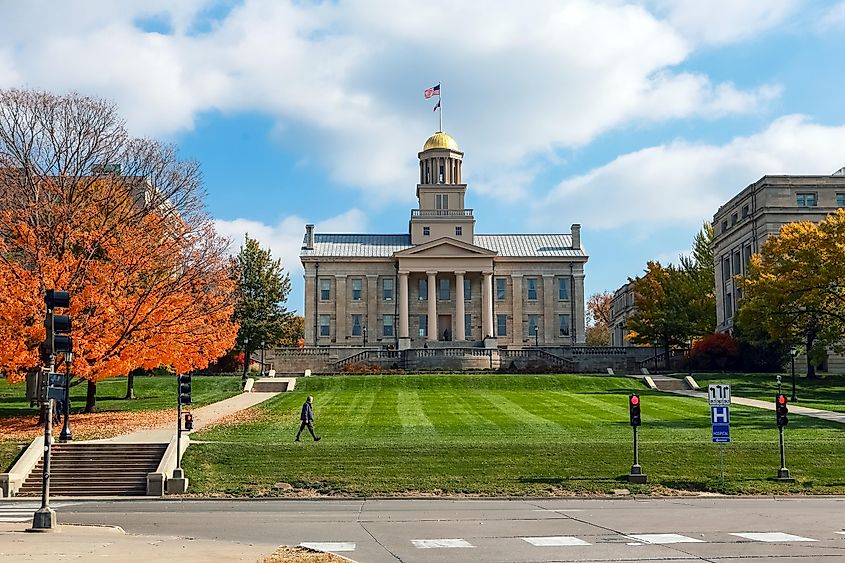
On Independence Day 1838, by dint of Congressional action, a new territory was created in the United States—The Iowa Territory. Previous to this, Iowa had been part of Wisconsin Territory, Michigan Territory, and Missouri Territory, among others. At the time, Iowa Territory included a decent chunk of Minnesota and half of the Dakotas. While Burlington would continue acting as the temporary capital, it would soon cede that prestige to Iowa City—which therefore was the first official capital of Iowa Territory. Iowa City was picked as the capital of the state because of its central location, and in 1839, it would officially be established as a city. When work on the capital building started in 1841, the relocation was actualized. Today, located at 21 N Clinton Street, the old capital is a much-sought-after destination—and has been repurposed as the Old Capital Museum. It stands on the University of Iowa's campus as one of the most recognizable symbols of the state of Iowa.
Davenport
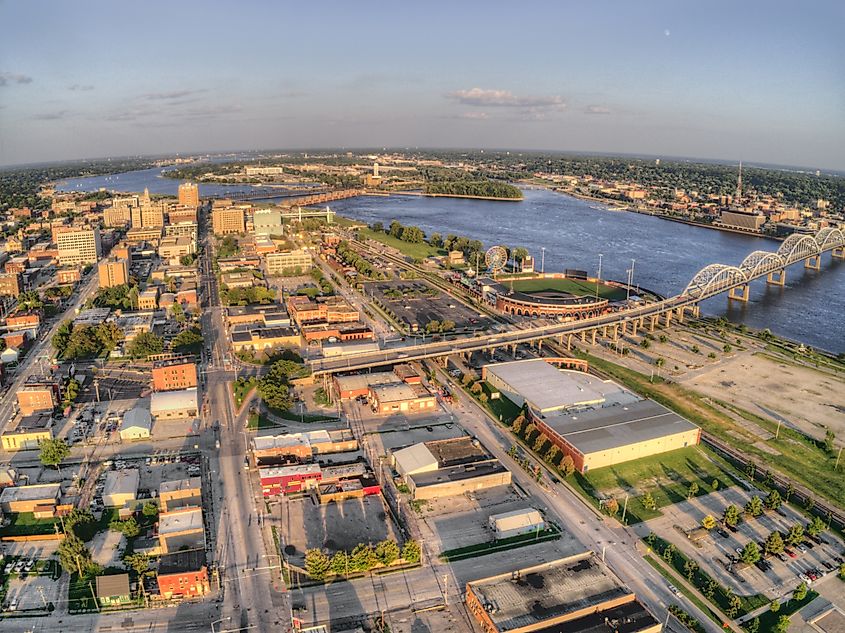
Nestled on the north bank of the Mississippi River, Davenport was established in 1838 and is today the largest of the Quad Cities, a group of cities which, despite the appellation, comprises five cities on the Mississippi River — at the Iowa-Illinois border. The story of Davenport is intertwined with that of a big, burly man and a natural linguist known as Antoine LeClaire. After the massacre of the Sauks at the Battle of the Bad Axe in August 1832 in the Black Hawk War, a peace conference would be called between the whites and the Sauk chiefs at Fort Armstrong in Rock Island. An outbreak of Cholera at Rock Island, however, saw the venue transferred to present-day Davenport. As a result, the treaty tent was pitched in what is today Fifth and Farnam Streets on September 21, 1832. With the stroke of a pen, 6 million acres of land west of the Mississippi River would be opened for White settlement. Antoine LeClaire would subsequently build his house on the very site of the famous treaty. Today, visitors can see the Tuscan Italianate Mansion at 630 East 7th Street.
Muscatine
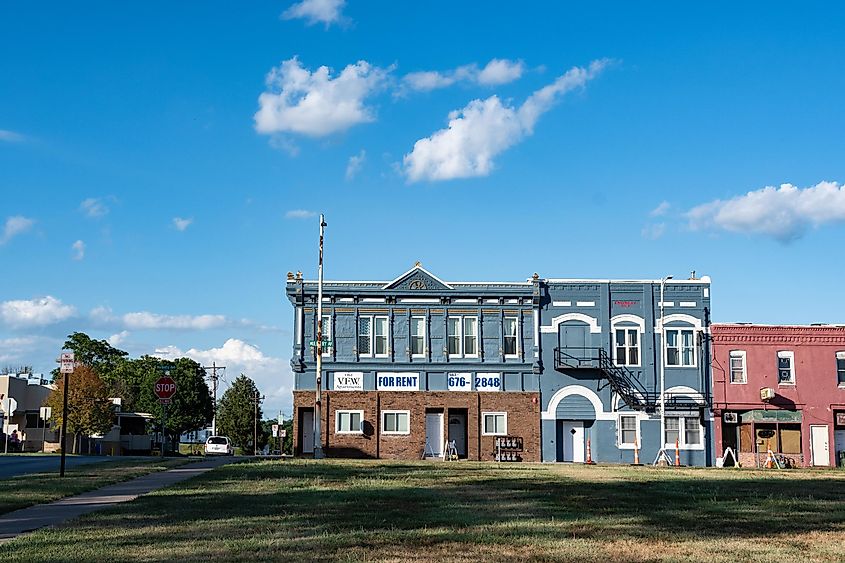
Hitherto a wilderness, the area around where Muscatine is located would open up for settlement, like many other Iowa towns, after the Black Hawk War of 1832. Tucked away 32 miles southwest of Davenport on the Mississippi River, Muscatine started out as a small trading post at the prescription of Colonel George Davenport of Rock Island, Illinois. As a result, James Casey—and one or two others—would settle there in 1835 and establish a steamboat landing and wood yard that he called Casey's Woodpile. That would go down in history as Muscatine's first name. A survey of the town was completed in 1836 and approved the following year—paving the way for the town's formal incorporation in 1839. Mark Twain would pitch camp in Muscatine during 1853 and 1854 and write evocatively about Muscatine's sunsets. "I have never seen any," he remarked, "on either side of the ocean that equaled them." Visitors can see Muscatine's sunsets today at several spots, including right by the Father of Waters, as Mississippi is called.
Keokuk
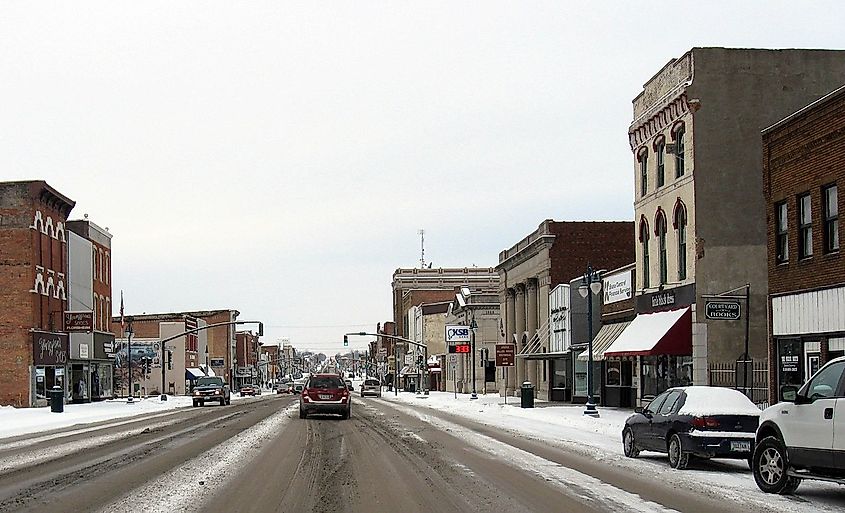
Though incorporated in 1847, Keokuk's history goes much earlier—including the time that Native Sacs and Foxes roamed the region after crossing the Mississippi River around 1780. While a surgeon in the United States Army known as Samuel C. Muir would in 1820 make history as the first white man to settle in what is today known as Keokuk, up to about 20 years later, the only structures in Keokuk were a single row of buildings along the waterway. The town would be plated— or mapped out— in 1837 and named in honor of a remarkable Native Indian who had counseled against war with white settlers. Today, visitors can catch a glimpse of the place where Chief Keokuk's remains are interred at Rand Park. The park itself is an awesome slice of sylvan charm — where visitors will want to marvel at the breathtaking views of the Mississippi River.
Cedar Rapids
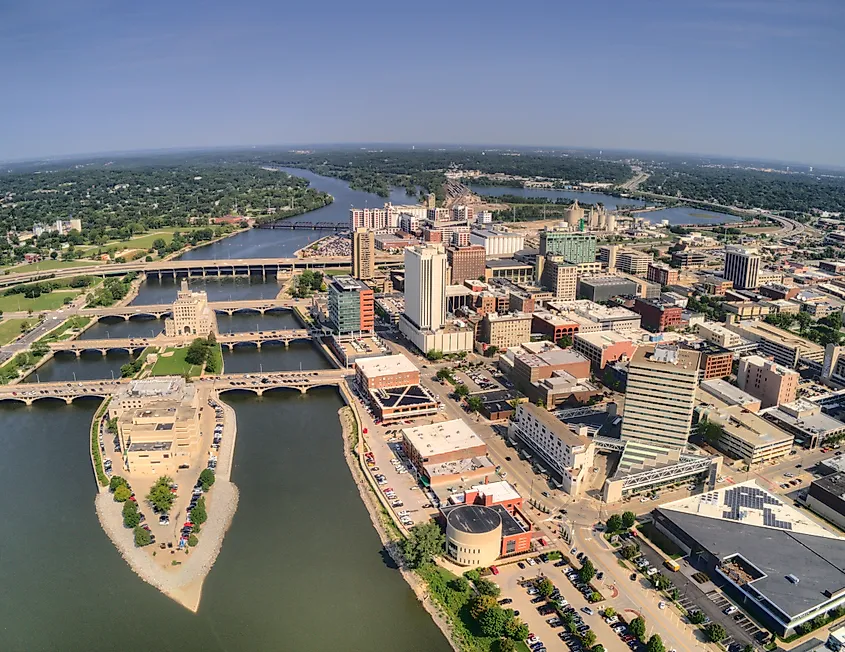
One of Cedar Rapid's claims to fame is that its first white resident was a horse thief. The second-largest city in Iowa straddles the Cedar River, about 25 miles northwest of Iowa City. It was incorporated as a town in 1849 and is, therefore, one of the oldest towns in the 29th state. Cedar Rapids was previously known as Rapids City in reference to the abundant rapids in the river. For clarity, rapids are sections of a river where the current is very fast, often because of a steep gradient. The name "Cedar," however, is in reference to the numerous red cedar trees that grew along the banks of the river. While the town is today the largest corn-processing city in the world, a testament to its agricultural heritage, it was previously a wild, difficult region where Native Indians shared space with wild animals. First-time visitors will want to stroll through The Czech Village/New Bohemia Main Street District, which features several quaint shops, inviting eateries, and some fantastic murals.
Des Moines
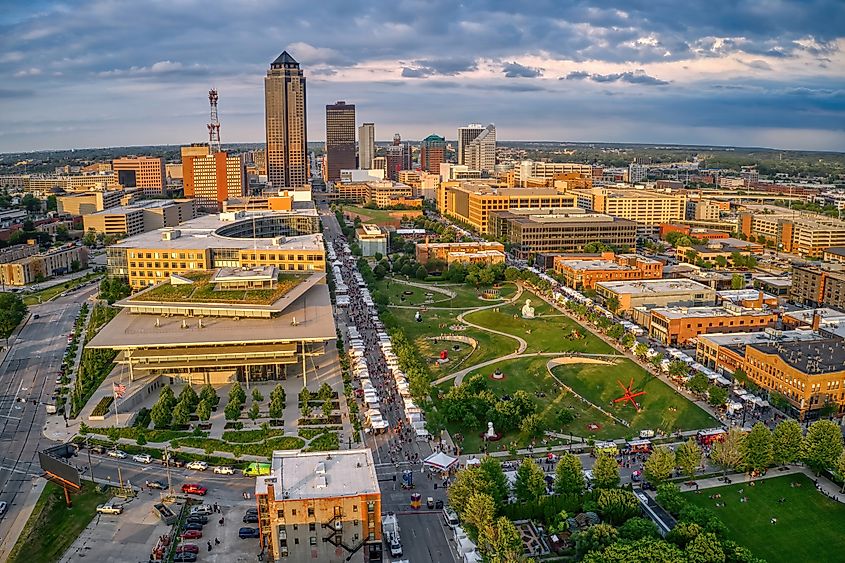
Named for the Des Moines River that lends the town its name, this Iowa queen sits in the heart of the Corn Belt, a region in the Midwest where the soil is fertile and rich—and where corn and soybeans reign supreme. Originally known as Fort Des Moines, in reference to the fort built in 1843 to protect the tribes of Sak and Fox, Des Moines was incorporated as a city in 1851 after the approval of a plat three years earlier. While the word "Fort" would be dropped a few years later, another fort would be built and completed in 1903. It would go down in history as the first and only training site for African American officers in World War I. Today, while the town boasts several attractions, the Iowa State Capitol, for its architecture and history, remains among the town's top attractions.
The Takeaway
Iowa, the only state in the country bordered by two navigable rivers, is home to several towns whose history even predates that of the state. Many of Iowa's oldest towns were established on the banks of the Mississippi River, reinforcing the strategic importance of "the Father of Waters" in the growth and development of the state. From Dubuque, the first to be incorporated in Iowa, to Des Moines, today the capital of the Hawkeye State, each of Iowa's oldest towns has a fascinating story to tell.

